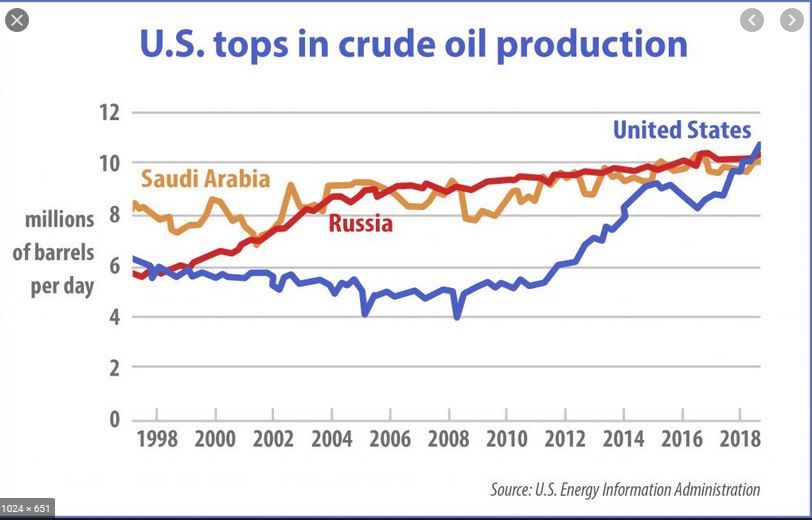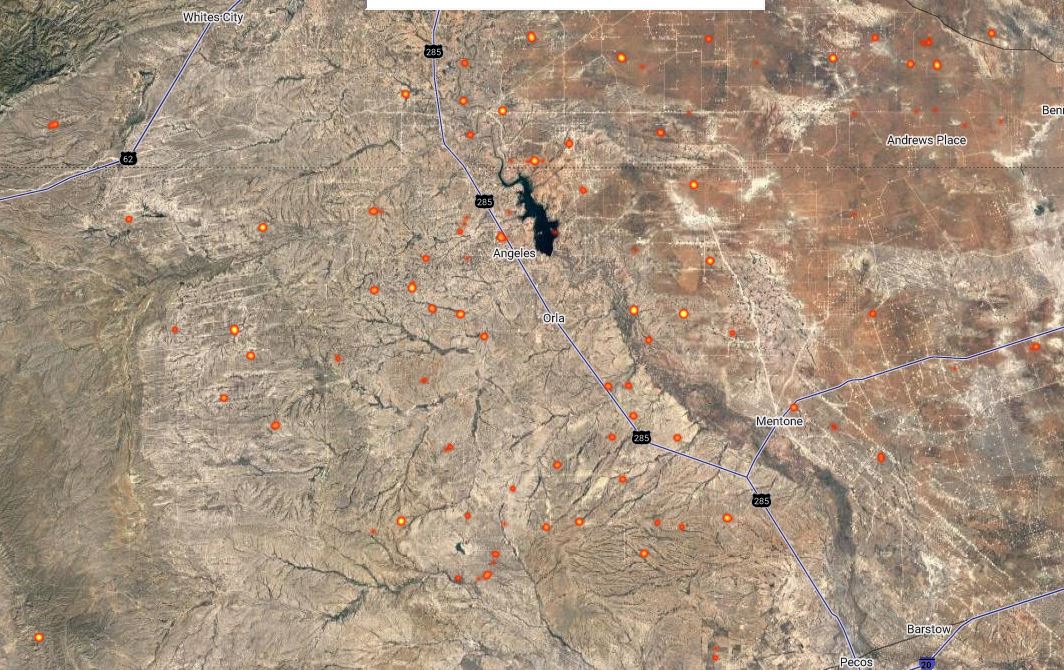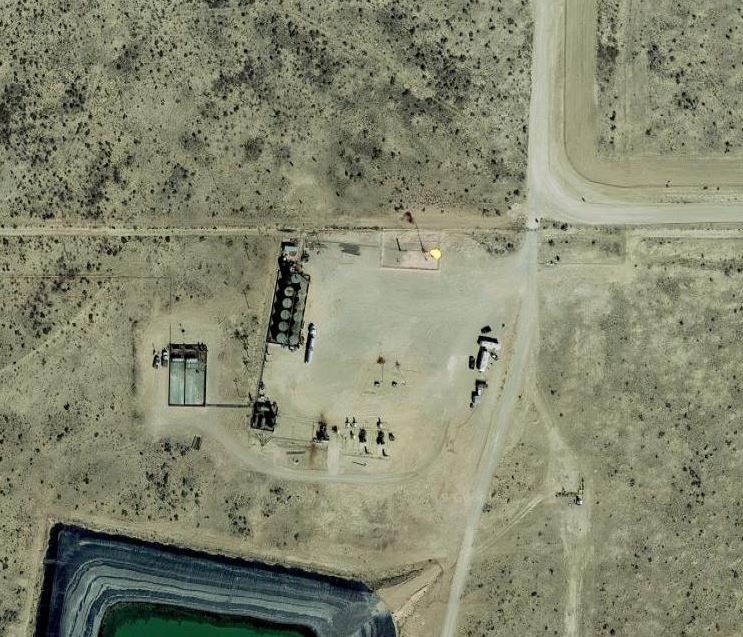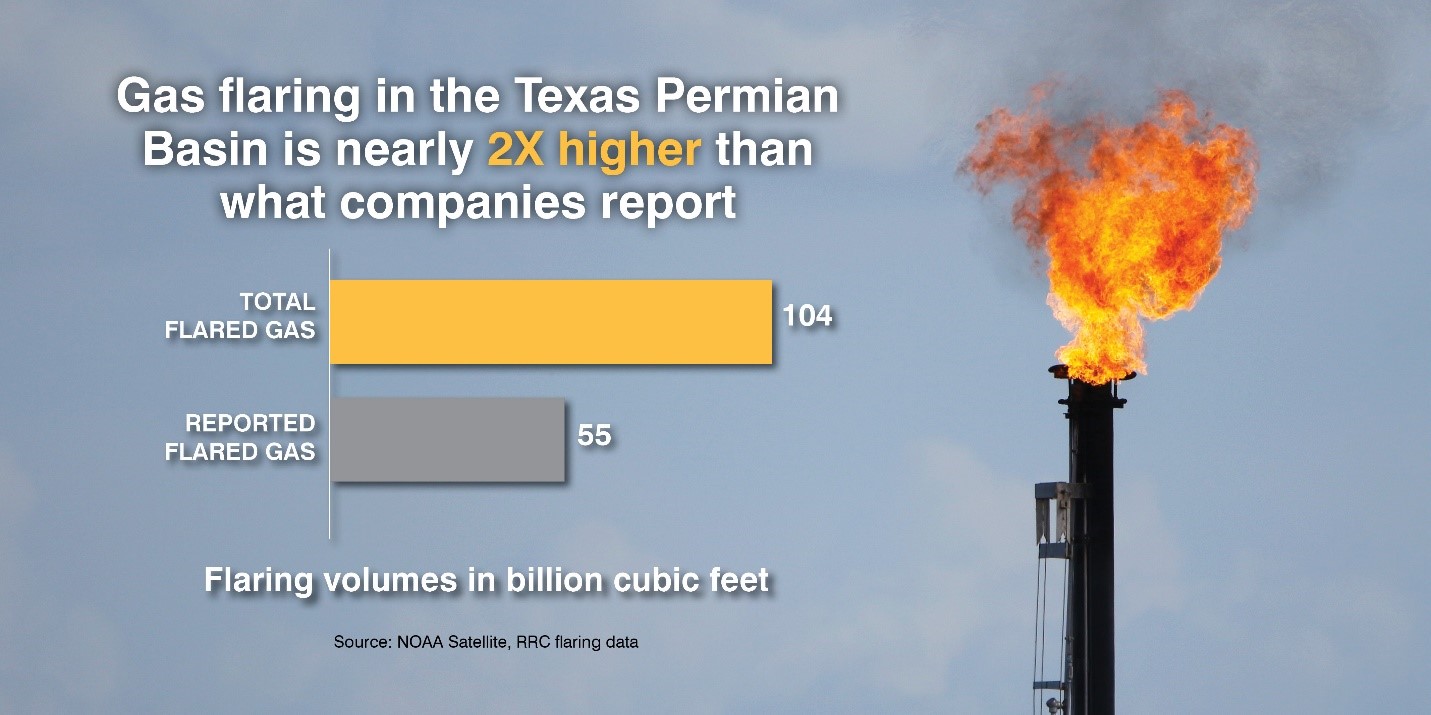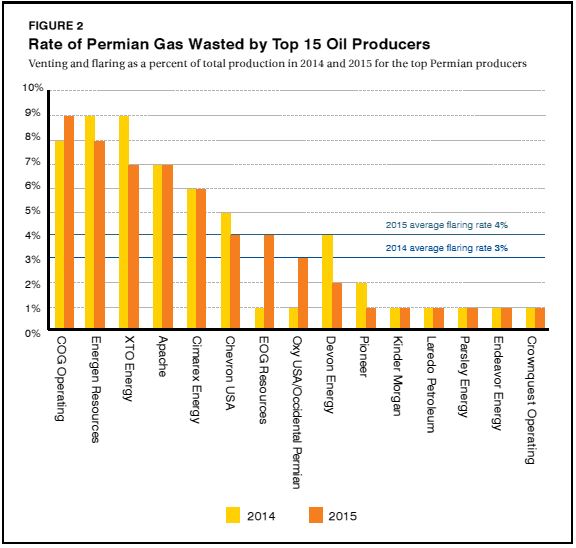The Texas Railroad Commission heard comments yesterday in a virtual open meeting on the proposal from Pioneer and Parsley that the Commission re-institute proration of Texas oil wells in response to the drastic reduction of world oil demand. Unsurprisingly, those providing comments did not agree.
In general, the division was between majors and independents – though not totally.
Marathon, Ovintiv, and Diamondback opposed proration, as did TxOGA, Texas Alliance of Energy Producers, the American Petroleum Institute, Texas Pipeline Association, Plains All American Pipeline, and Enterprise Products Partners. Parsley and Pioneer testified in favor of proration, as did Latigo Petroleum, Discovery Operating, Elevation Resources, and former Railroad Commissioner and Congressman Kent Hance. Surprisingly, Quantum Energy, a major independent, testified in favor. In addition, the following provided written comments in favor of proration: Continental Resources, CrownQuest, Hibernia Resources, Texas American Resources, the Panhandle Producers and Royalty Owners Association, and Permian Basin Petroleum Association. Those submitting written comments opposing proration included Chevron, Cimarex, Concho, ConocoPhillips, EOG, Occidental, TXO, and former Commissioner Michael Williams. Written comments can be viewed on the Commission website, here.
Arguments against proration included: Continue reading →
 Oil and Gas Lawyer Blog
Oil and Gas Lawyer Blog


